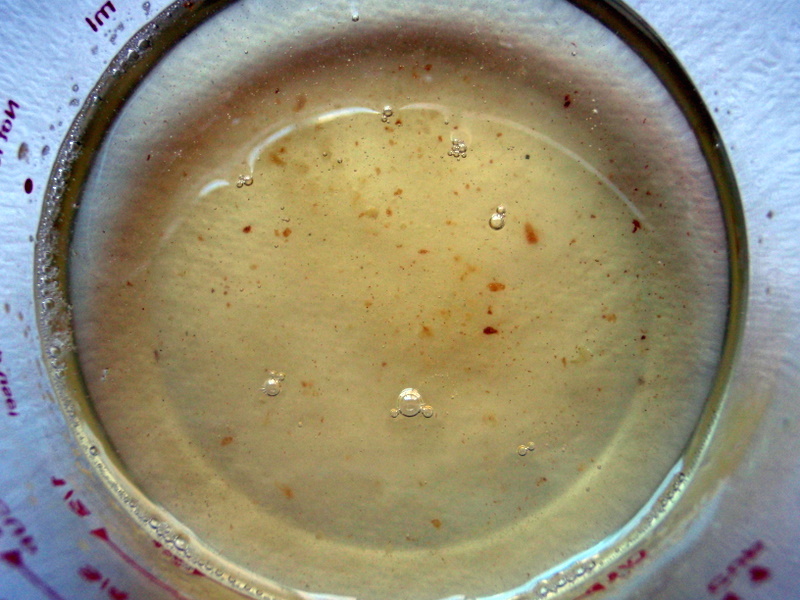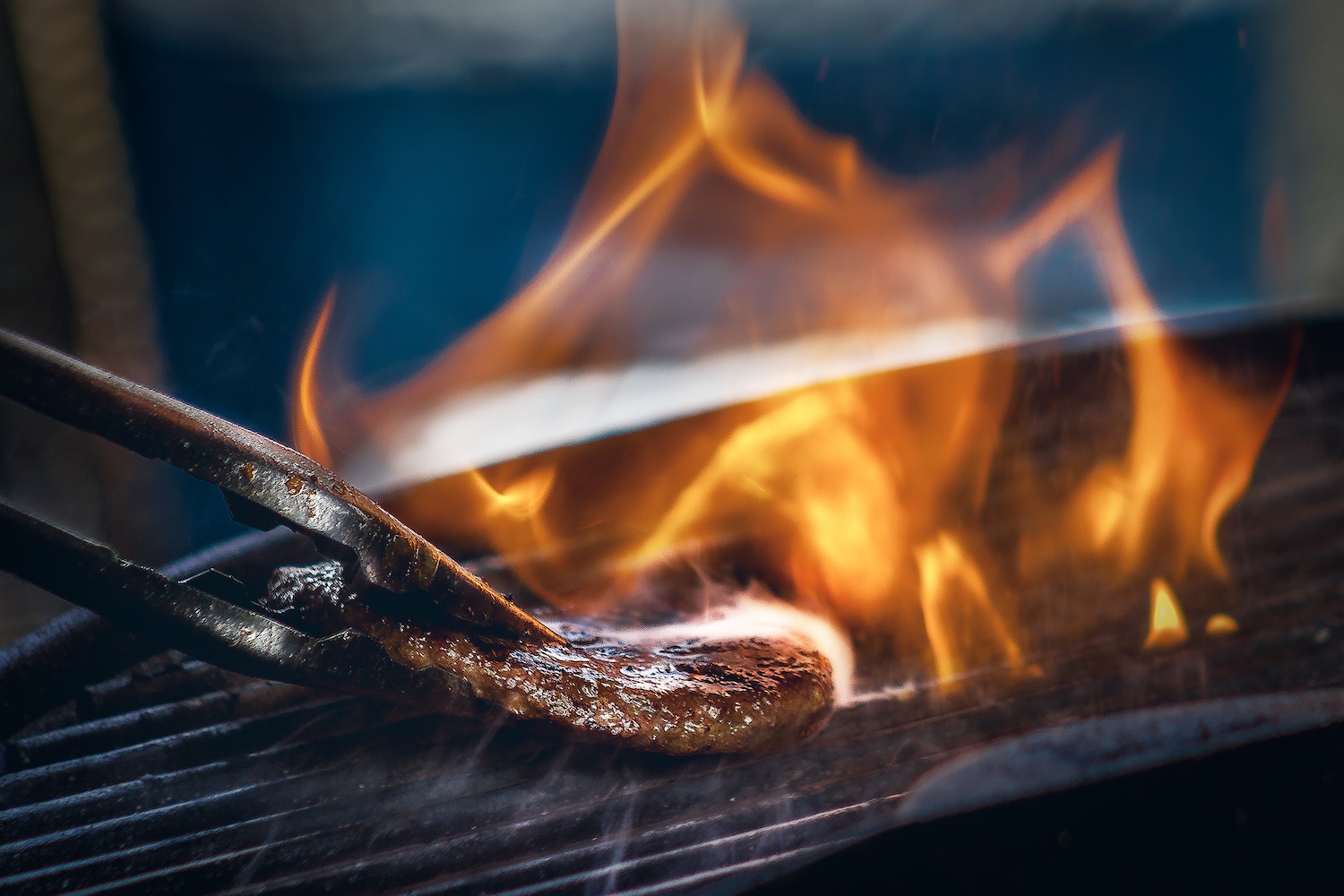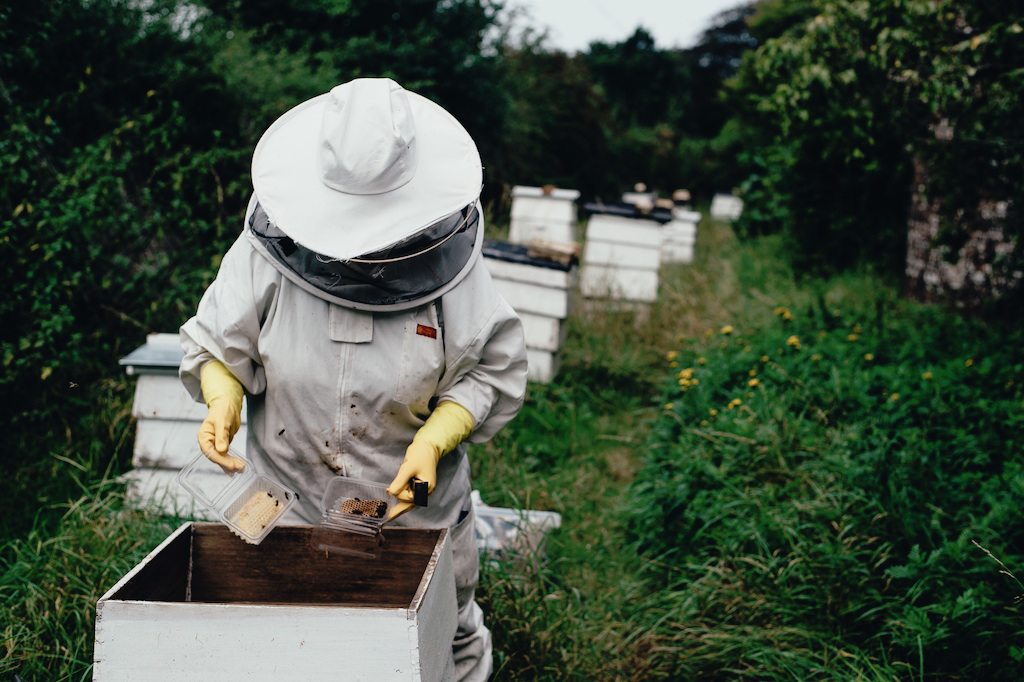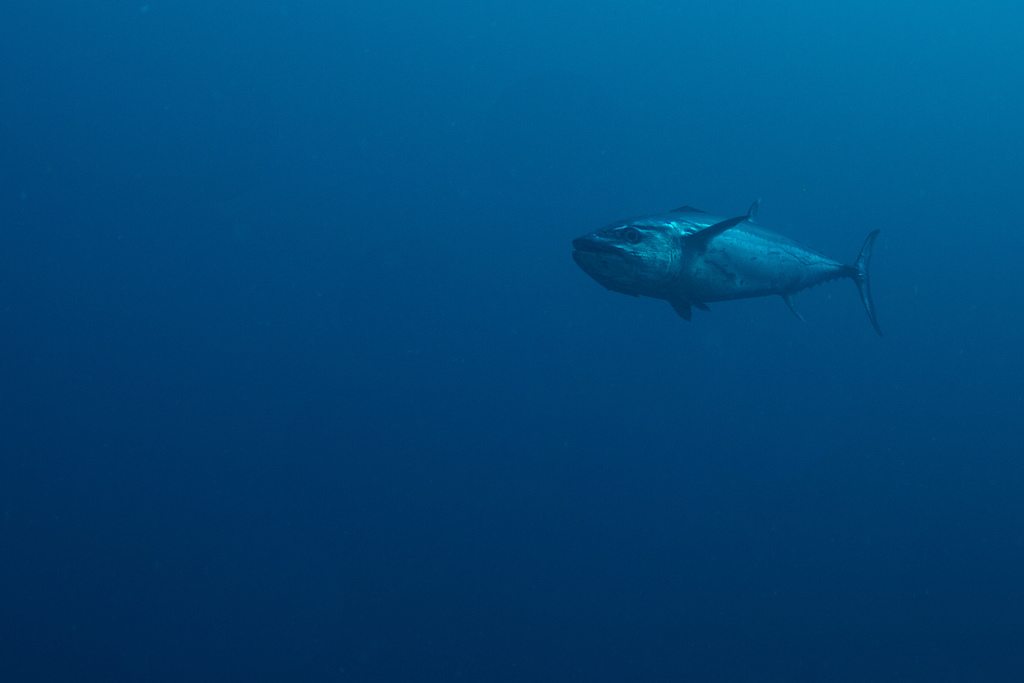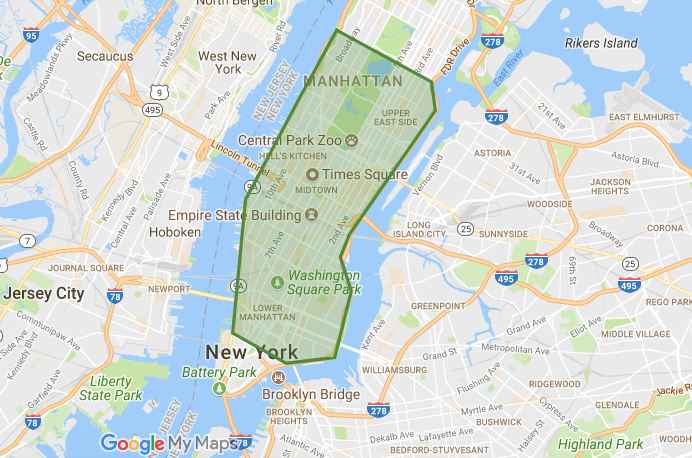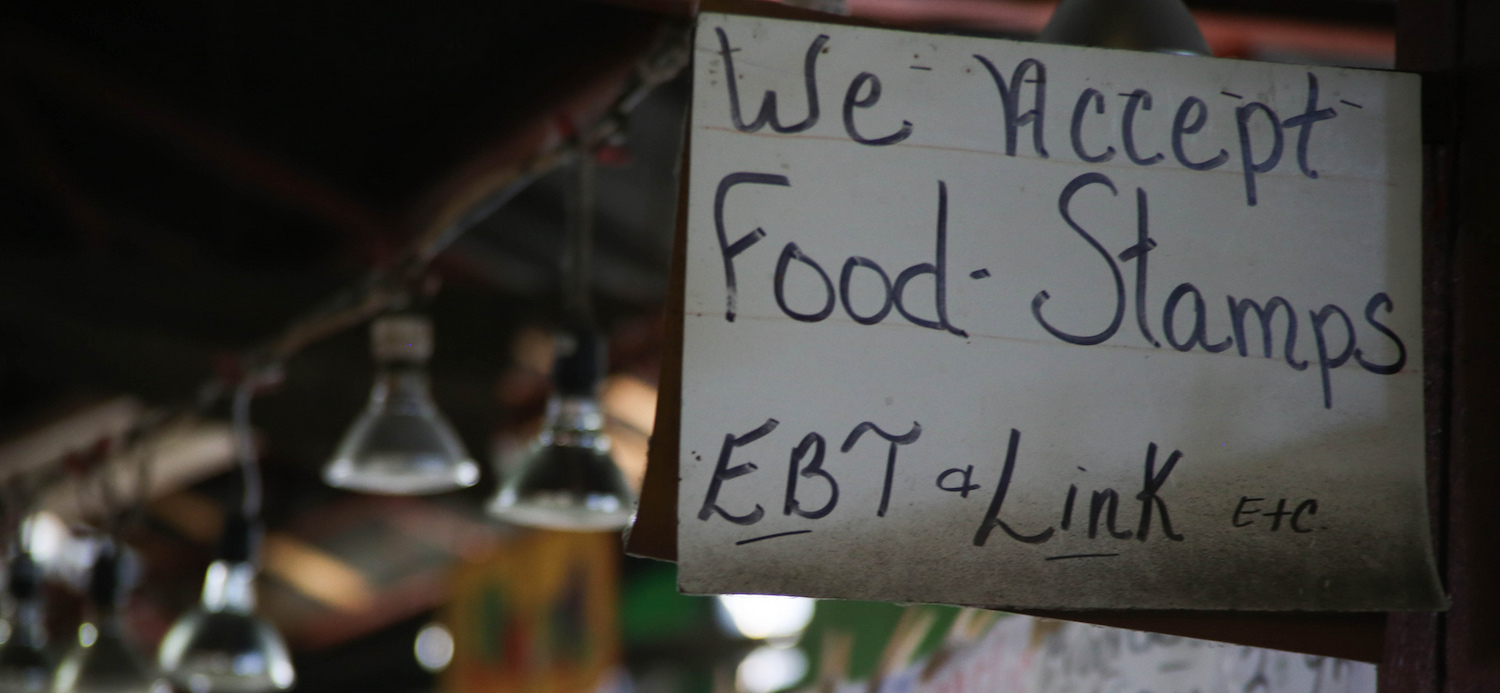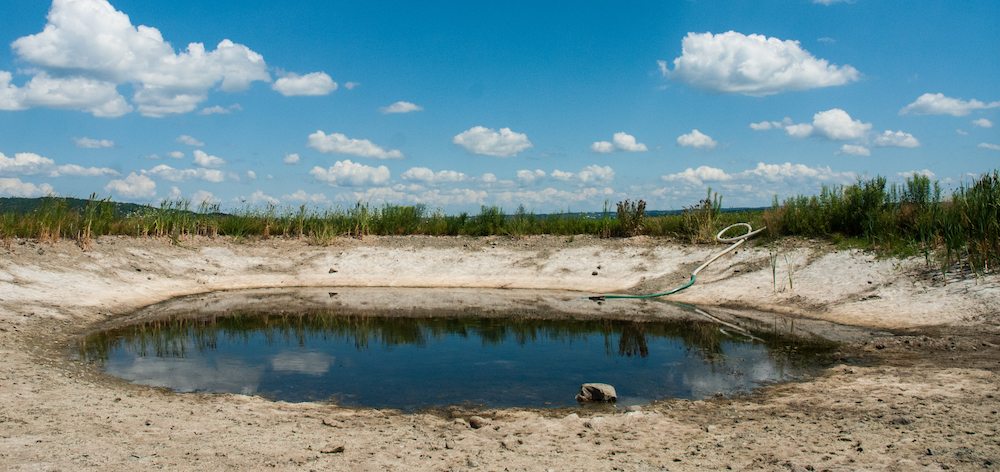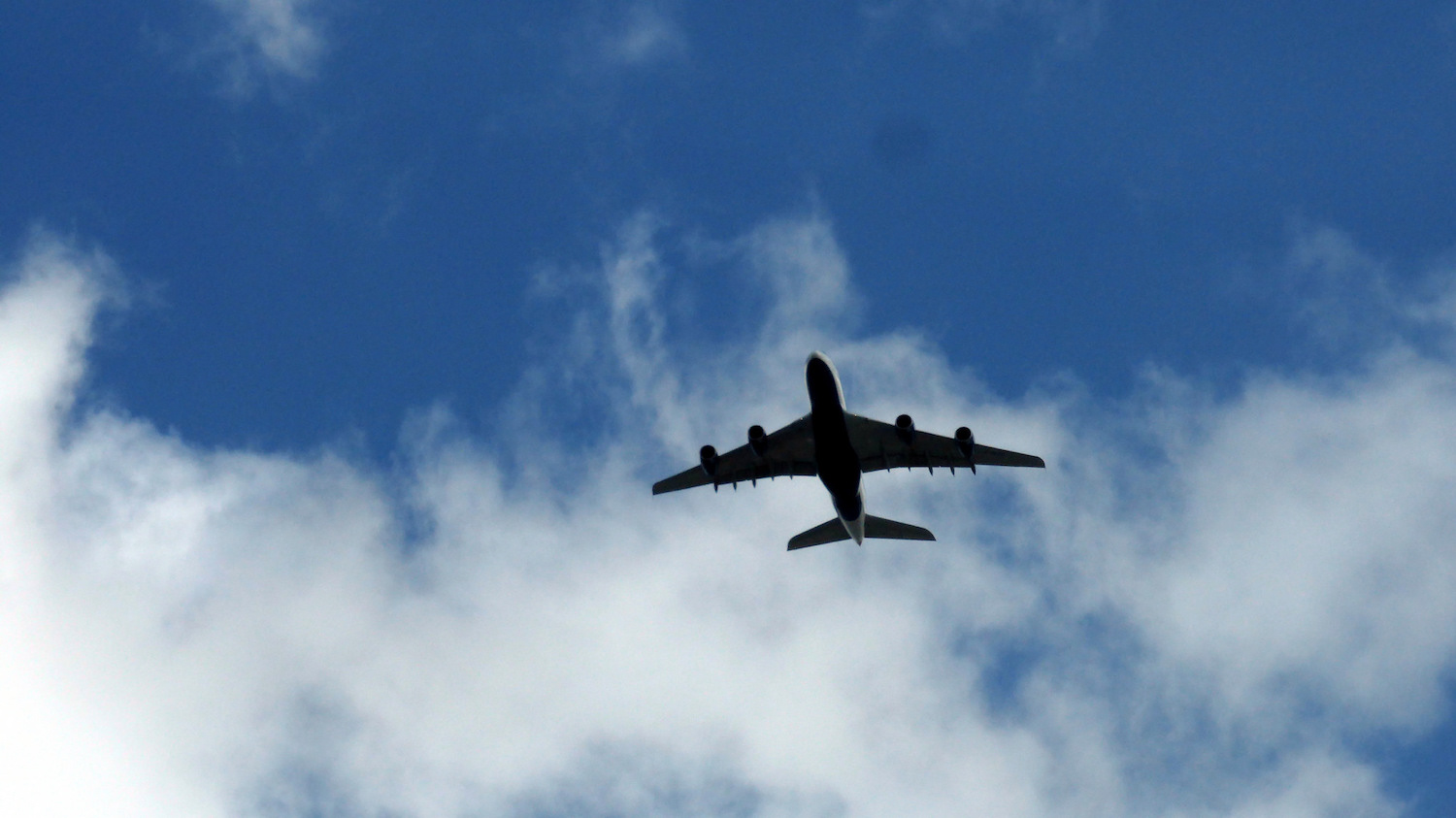Exactly one month ago, London authorities discovered a blob of fat in the city’s sewers the size of 11 double-decker buses. A “fatberg” is born when grease flowing down the drain meets something like a discarded baby wipe somewhere underground, and the two snowball into a smelly, pipe-clogging mass of congealed fat, trash, and whatever else gloms on. Four weeks later, workers are still chipping away at the unenviable task of clearing the fatberg using high-powered jets and shovels and repairing the damaged sewer.
And a new survey shows restaurants may be partially to blame for the ‘berg.
A study by water and sewage company Thames Water found that 90 percent of London restaurants have failed to install grease traps, The Guardian reported on Tuesday. “We’re not suggesting anyone intentionally pours the contents of a fat fryer down the drain, but it’s more about the gunk that comes from dirty plates, pots and pans. A simple, well-maintained grease trap will capture that stuff and stop it entering the sewer and turning into a monster fatberg,” Stephen Pattenberg, network manager for Thames Water, told the paper.
https://www.youtube.com/watch?v=mvP4klbSOAY&feature=youtu.be
The London grease bomb is being turned into 10,000 liters of biodiesel. That’s enough, as The Guardian points out, to power 350 double-decker buses for a day. Gotta love the British media and its fixation on double-decker size comparisons.
Fatbergs aren’t just a problem across the Atlantic, though. Just two weeks after London’s fatastrophe made its appearance, a congealed fat mass caused a clog in a sewer main that resulted in the spillage of more than a million gallons of sewage into a Baltimore stream, USA Today reports. (For municipal communications offices and waste companies that believe in the power of a good, vague acronym, fatbergs are also commonly referred to as “FOG,” which stands for “Fats, Oils, and Grease.”) In New York, FOGs cost the city an estimated $4.65 million each year.
But how do these masses get so big? As National Geographic reports, researchers at North Carolina State University have been studying the process. The chemical process that turns chicken drippings into giant fatbergs is actually pretty similar to the process that turns lard into soap: Calcium-rich concrete interacts with sewer grease to catalyze a process called saponification, creating a solid. The cleansing properties of sewer soap remain dubious, however.
National Geographic also assures us that sewer soap even has a Fulbright scholar on its side: Tom Curran of University College Dublin is working to map fatberg hotspots and develop subterranean sewer soap sensors.
If a massive brown grease boulder has any silver lining, it’s that it can be avoided with a successful awareness campaign, and cities all over the world have launched efforts to spread the word. Case in point: Vancouver’s animated explainer video and its almost-catchy “wipe it, green bin it” slogan.
Back in London, Thames Water employees have launched a door-to-door campaign to encourage restaurants to install and maintain grease traps. In the report, officials say they’ve been “welcomed with open arms” by restaurant owners who evidently never knew grease traps were a thing—a 2002 law requires all commercial kitchens be fitted with “a grease separator,” but it’s generally applied only to new builds. Said Pattenberg, “Everyone needs to do their bit in this fight against fatbergs.”
